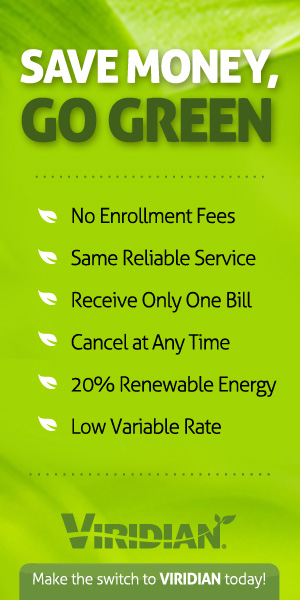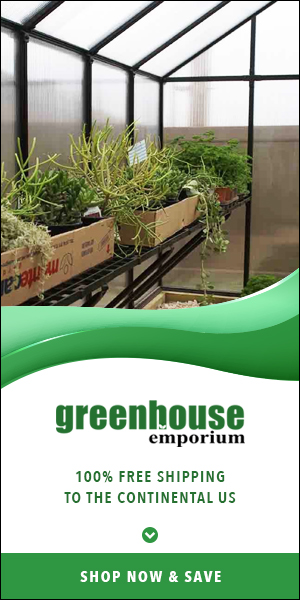Handy Tips To Installing Vinyl Siding
The process of installing a vinyl siding is considered to be one of the easiest and a trending one but it still requires one to have the right kind of knowledge and technique to complete the job in a satisfying and fulfilling way.
If the vinyl siding is not installed properly, there are all chances of water seeping in making the home a place for pests. Below are some handy tips that will help in a smooth and proper vinyl siding installers process.
Profitable advice on vinyl siding installation
- Usage of wider starter strip
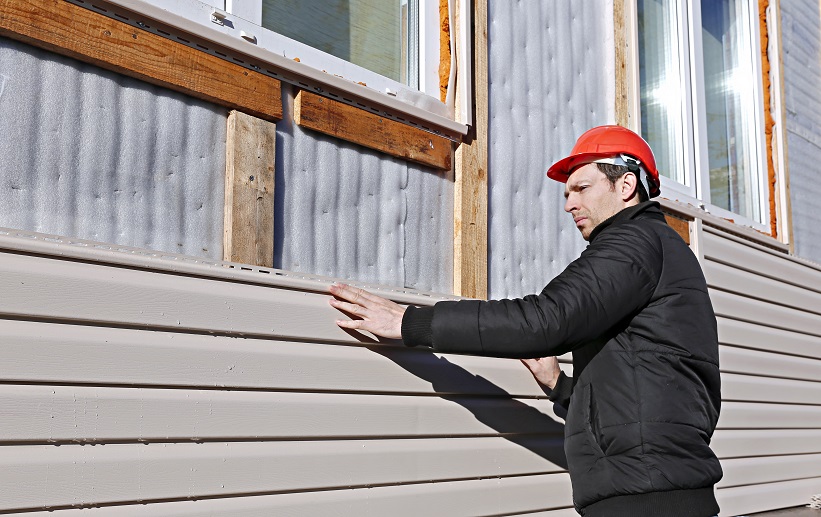
The options are numerous when it comes to starter strip availability. Many people opt to use the strip that is thinner so as to get the work started and also it being cost-efficient but they do not understand that their choice is not right.
It is best to go in for a 3.5 inch starter strip by putting in some extra amount. Once the installation has started it is important to let at least an inch of the starter strip hang down as low as possible, outside from top of the foundation during the installation.
Covering the foundation with more of the starter strip is good so as to eliminate any chances of water or snow coming into the house.
- Levelled Sidings
Level long of the sidings during installation is very important. The functionality becomes more efficient when it is properly leveled.
It is best to take a chalk and draw a line all around the house base before commencing the primary siding run.
This process will help with getting a straight siding installed. Then as the job goes on, leveling once in every five steps will be good.
- Leaving some end space
Once the vinyl siding is installed it is required to be moved a little, thus it is vital to cut the pieces to be placed in the ends a little shorter so as to have about one-fourth inch of space in total for both ends put together.
The reason for these gaps to allow the siding to expand freely during hot weather.
- Cutting using vinyl blades
The vinyl sidings are to be cut only using vinyl blades and not the standard blade used to cut saw that has its teeth that is fine.
The teeth arrangement in the vinyl blades are reversed for smoother cuts. This eliminates the vinyl siding from chipping or any other troubles that arise during other regular cutting process.
Overall they will be much more effective when cut with a vinyl blade.
Process of Locking and Nailing Plays an Important Role
- Vinyl Siding to be lock down loosely
It is important not to lock down the vinyl siding very fixed and tight to the walls. It is best to leave a slight space or gap between the nail head and the siding while locking down.
This is done so as to allow expansion and contractions during during different seasons throughout the year.
- Nail the siding by lifting
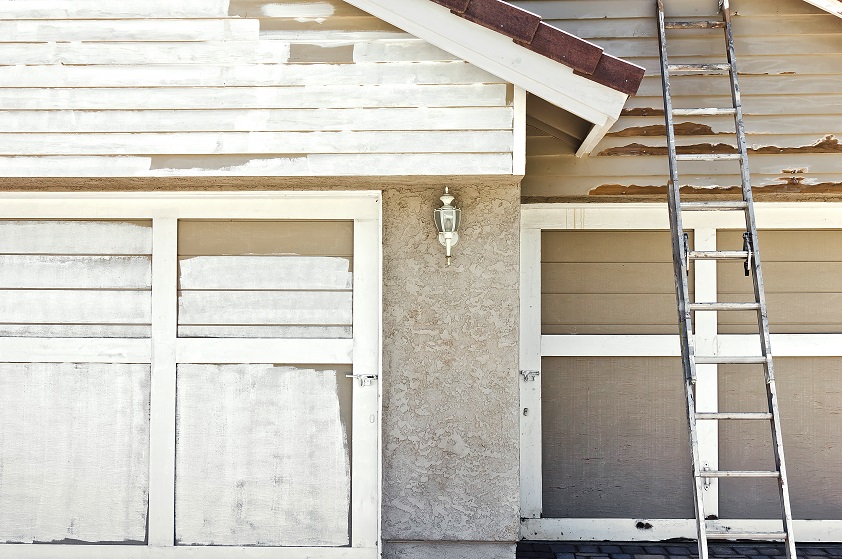
No one wants the siding after the process of installation is complete. So for the same to happen, while nailing the siding it is essential to just give it a slight lift to each piece and then nail.
This will aid in keeping the pieces properly locked together and also to the wall by creating an immovable link between each vinyl siding.
It is best to use two inch length galvanized roofing nails so as to let the vinyl sidings sit firmly and also support holding them in place through all weather conditions throughout the year.
Every vinyl siding has to go through a process of flashing the bottom corners of every window by simply cutting out felt paper and placing them in the corner of each window before it is installed.
These helps in keeping the water from entering the channels and damaging them due to water logging, instead the flashing helps roll the water down from behind the channels.
The end result of the process of vinyl siding installation will be a great success and will have a good finish, when all the above tips are kept in mind when the actual work is complete.
The Best Siding to Improve Your Energy Efficiency
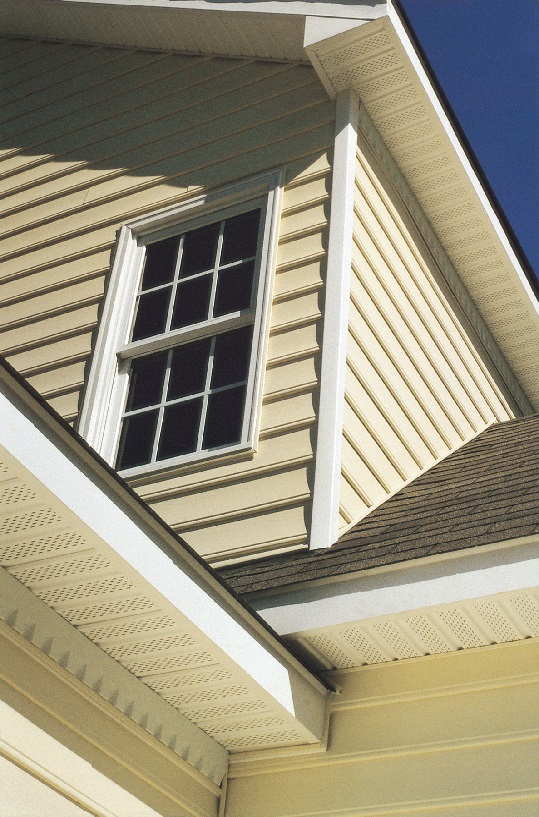
There has been a lot of effort to keep the costs of the household down and the prime concern for many homeowners is to improve energy efficiency. There are many reasons to ensure your home plays the perfect part of energy efficiency. First, the cost can be high to keep your home warm in winter and cool in summer, which explains one must use materials which are good in energy efficiency. Second, the homeowners are much concerned about the environment today. Hence they look ways for the products that are eco-friendly so as to lower the impact of their household on the environment. Always remember to use a certified vinyl siding installer for your home renovations.
The aim of this article is to present insight for the homeowners to different materials of siding for the efficiency of energy and help in choosing the right and perfect material for their sweet home.
Wood Siding
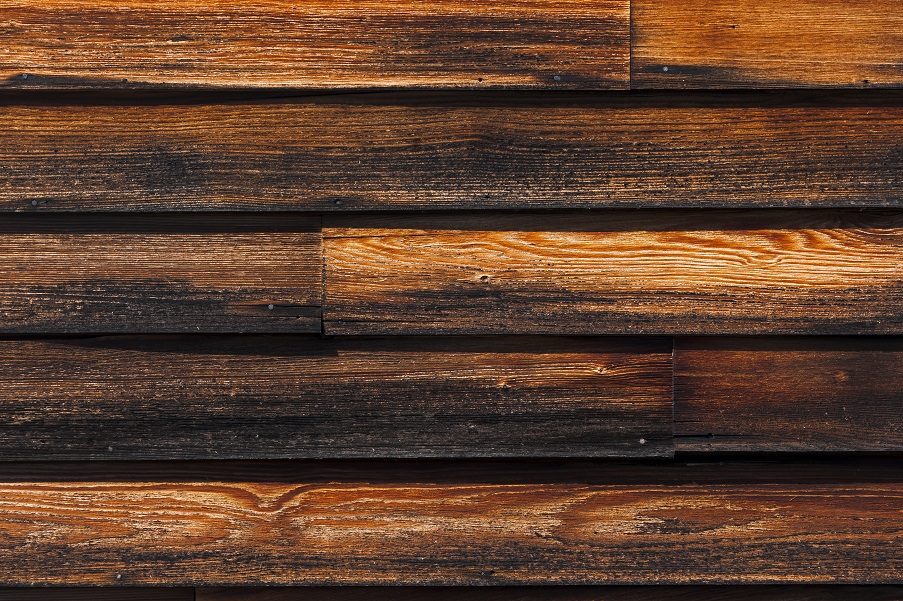
The most favored choice for the siding is the Cider Siding. It tops the list not just for its excellent efficiency in energy, but also for its attractive exterior, extremely durable, weather-resistant and also protects better from nature’s elements. It records for being eco-friendly for it is biodegradable and demands minimal treatment and processing. It plays its part for being the best insulator for in winter it averts the warm air loss and in summer it preserves the cool air. The structure of the home is protected from water, excessive heat and dryness.
Pros of Wood Siding
- The insulator is excellent
- Eco-friendly
- It is known for its stunning finish
- Easy replacement
- Resistant and durable to harsh weather
Cons of Wood Siding
- It is costly
- It demands maintenance regularly
- If not maintained, it can lead to termites problem
Fiber Cement Siding
When the wood cement is mixed with cement and sand, the resulting product is Fiber Cement. It is thicker when compared to other sidings, and can bear extreme weather conditions such as strong hail or wind. The requirement for refreshing is minimal as the paint generally lasts longer from the installation time. It is popular for its quality, long-lasting and durability.
Pros of Fiber Cement
- It is not vulnerable to termites
- It is non-flammable and resists water
- Many options are available for color and texture
Cons of Fiber Cement
- The installation process can be complicated as it is a heavy material
- It is costly, compared to other siding materials
Vinyl Siding
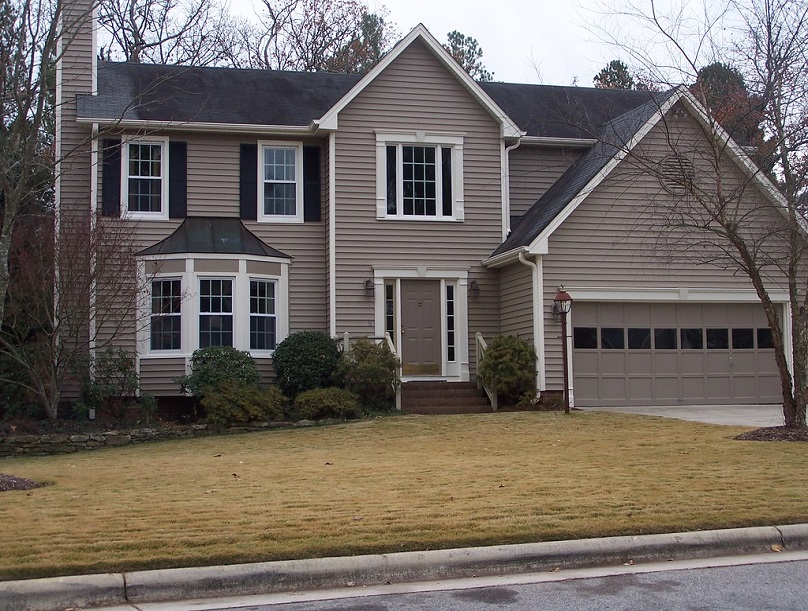
People living in the Virginia and Maryland area mostly prefer Vinyl Siding. It has the power to resist harsh elements and perfectly mimics many cladding types which include wood, stone, and slate. It is a perfect choice if you want the energy efficiency to be increased, by pairing up with an insulated siding. An insulated siding is foam in which an insulation layer is added to your home.
Pros of Vinyl Siding
- Resistant and durable to harsh weather
- It is available widely
- Eco-friendly and cost-effective
Cons of Vinyl Siding
- Once the installation is done, the painting cannot be done
- The entire section must be replaced if it demands repair
It has got a limited option for color/style.
